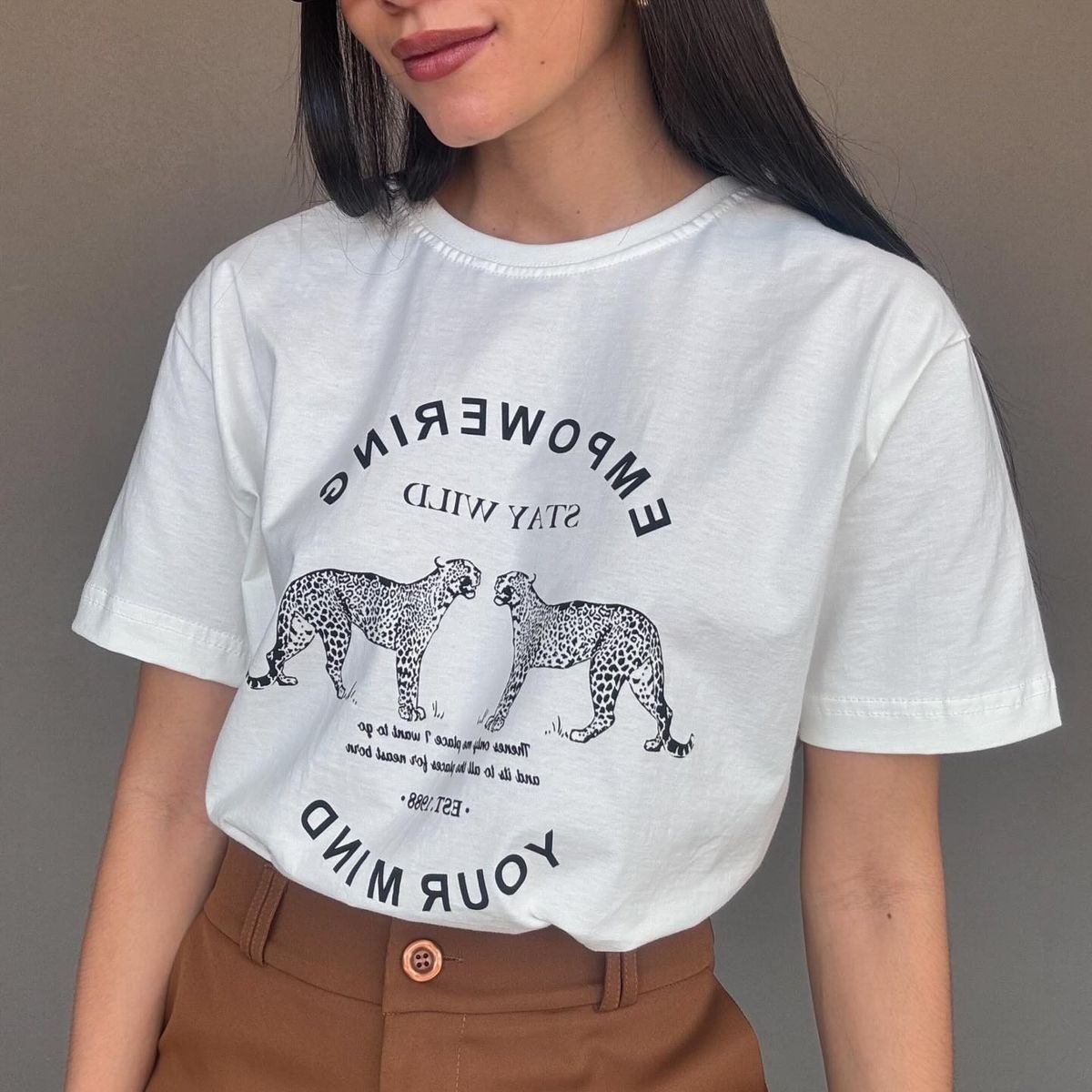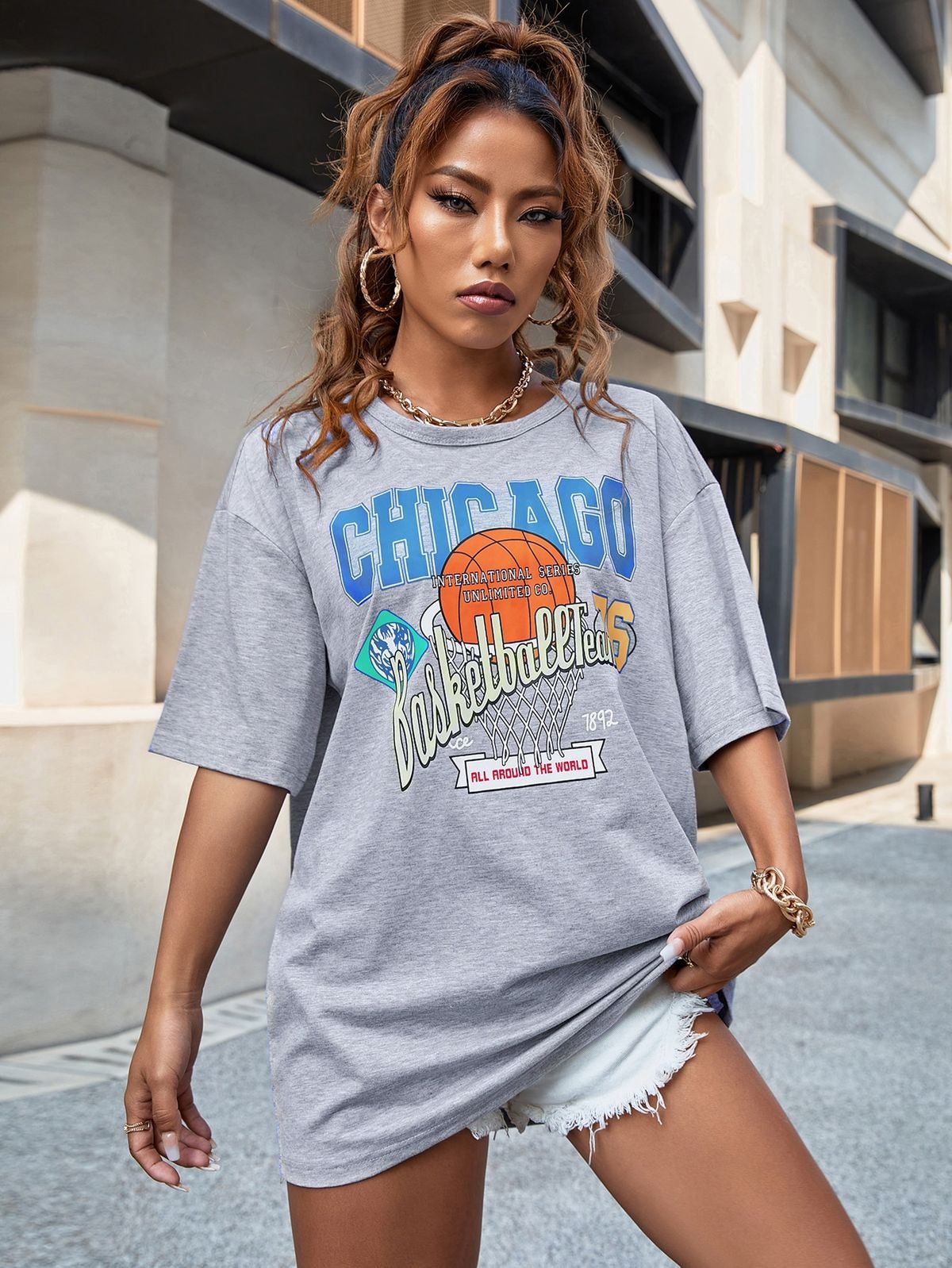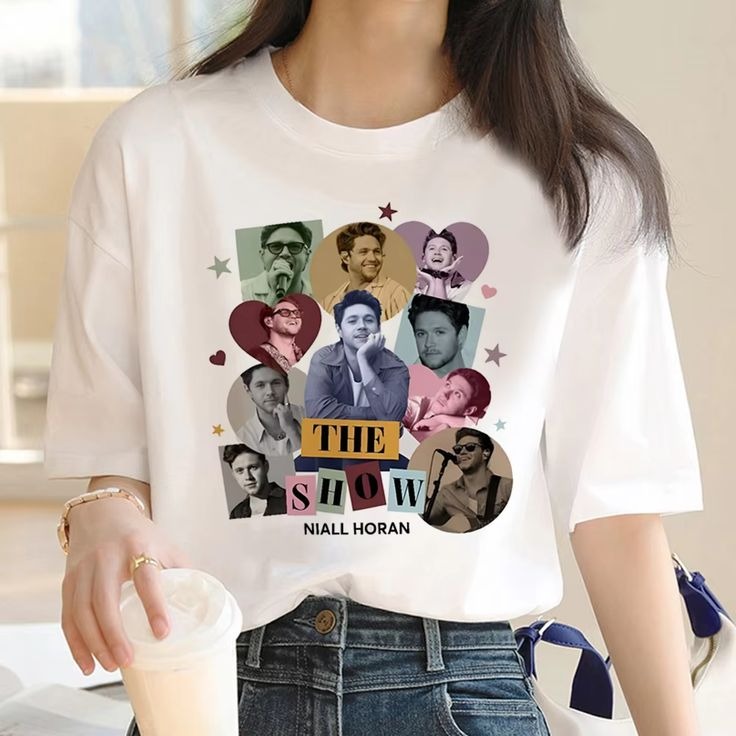No products in the cart.: 0.00 $
The Everlasting Charm of Fashion: An Exploration of Style, Identity, and Cultural Expression

Fashion, at its core, is far more than the fabric that drapes our bodies. It is a living, breathing form of communication that allows individuals to express their identity, emotions, and place in the world. The threads that compose a garment are interwoven with meaning, history, and intent. From ancient civilizations to the modern metropolises of today, fashion has played a central role in shaping societies and reflecting the times. Its relevance spans beyond utility and aesthetics, embedding itself deeply in our personal narratives and societal frameworks.
The origins of fashion trace back to the need for protection against natural elements. Early humans clothed themselves in animal hides and natural fibers not to look appealing, but to survive harsh climates. However, as civilizations advanced, clothing began to reflect more than survival. In Ancient Egypt, clothing was not only functional but a symbol of status and religious devotion. The Greeks and Romans developed draping techniques that emphasized the human form, introducing the notion of beauty and formality in attire. Throughout the centuries, fashion evolved from mere necessity to a visual representation of hierarchy, profession, belief, and culture.
With the rise of monarchies and imperial courts in Europe, fashion became a powerful instrument of social control and distinction. Sumptuary laws were enacted to regulate what individuals of certain classes could wear, maintaining clear social divisions. The elaborate gowns of the French aristocracy during the 17th and 18th centuries, for example, served as a stark contrast to the simple garments worn by the peasantry. Clothing was no longer just about individual taste, but a calculated display of power, wealth, and influence. The Industrial Revolution further transformed fashion by democratizing access to garments through mass production, enabling more people to partake in the world of style and self-expression.
The twentieth century witnessed an unprecedented explosion of fashion as a cultural force. Each decade brought with it a distinct aesthetic that reflected the sociopolitical climate of the time. The roaring twenties embraced flapper dresses and liberated silhouettes as women pushed against the constraints of traditional femininity. The post-war 1950s celebrated a return to elegance and domesticity, with hourglass silhouettes dominating women’s fashion. The 1960s and 70s introduced radical changes influenced by youth culture, political activism, and the civil rights movement, manifesting in bold patterns, bell bottoms, and countercultural styles. Fashion became a medium of rebellion, liberation, and identity-building.
The evolution of fashion in the modern era is inseparable from the rise of global communication, media, and technology. The advent of the internet, social media, and e-commerce has transformed the fashion industry into a globalized, fast-paced environment where trends emerge and disappear at lightning speed. Street style, once a grassroots form of self-expression, is now a cornerstone of mainstream fashion. Luxury fashion houses and independent designers alike find inspiration from urban subcultures, creating a dynamic feedback loop between the streets and the runway. Meanwhile, platforms like Instagram and TikTok have turned influencers into style authorities, shifting the power of trendsetting from elite fashion editors to everyday users.
While fashion has become more inclusive and democratic in many ways, it also faces complex challenges. The rise of fast fashion has led to ethical and environmental concerns, including exploitative labor practices, overconsumption, and textile waste. As brands race to keep up with demand, the quality and longevity of garments often suffer, contributing to a culture of disposability. In response, the slow fashion movement has gained momentum, encouraging consumers to prioritize sustainability, craftsmanship, and conscious consumption. Designers are experimenting with eco-friendly materials, circular production models, and transparent supply chains, aiming to align fashion with environmental and social responsibility.
Fashion also plays a vital role in the construction of personal and cultural identity. For many individuals, clothing serves as a tool for self-expression, confidence-building, and communication. What one wears can reflect their beliefs, values, heritage, and mood. In various subcultures around the world, specific dress codes create a sense of belonging and solidarity. From punk and goth to hip-hop and streetwear, fashion helps form communities bound by shared aesthetics and philosophies. For marginalized groups, style can serve as both a shield and a platform—a means to assert presence, pride, and resistance in a world that often seeks to erase or marginalize difference.
At the intersection of culture and creativity, fashion also functions as a powerful storytelling device. Designers use their collections to convey narratives that blend personal experiences, historical references, and futuristic visions. Fashion weeks in global capitals like Paris, Milan, New York, and Tokyo are not just about showcasing clothes but about articulating ideas, emotions, and critiques through visual artistry. The runway becomes a stage for political commentary, emotional catharsis, and cultural celebration. Fashion thus transcends its material form and becomes a language through which society speaks to itself.
In addition to reflecting individual and societal identities, fashion is a mirror to global cultural exchange. The cross-pollination of styles, patterns, and motifs from different regions enriches the fashion landscape, creating hybrid aesthetics that challenge traditional notions of nationality and authenticity. Kimono-inspired silhouettes in Western collections, African prints in European high fashion, and fusion garments that blend Eastern and Western styles are evidence of this cultural interplay. While such exchanges can foster appreciation and innovation, they also raise important questions about cultural appropriation, respect, and representation. Designers and consumers alike must navigate these complexities with sensitivity and awareness.
As fashion continues to evolve, technology is emerging as a transformative force with the potential to redefine the industry. Innovations such as 3D printing, wearable tech, and AI-generated designs are pushing the boundaries of what is possible in clothing design and production. Virtual fashion shows, digital garments, and metaverse fashion are beginning to shift the terrain from physical to digital spaces. These developments offer exciting opportunities for creativity and accessibility while also challenging conventional definitions of fashion and materiality.
Moreover, the ongoing discourse around body positivity and inclusivity has begun to reshape the fashion industry’s standards. Long dominated by narrow ideals of beauty, the industry is gradually embracing diversity in size, race, age, gender, and ability. Campaigns and collections now increasingly feature models who reflect the broader spectrum of human experience. This shift not only makes fashion more representative but also empowers consumers to feel seen and celebrated. Clothing becomes a means of affirmation rather than exclusion, a source of empowerment rather than pressure.
Despite its evolution, fashion remains deeply personal. The clothes we choose to wear carry stories—of where we come from, how we see ourselves, and how we want to be seen. A favorite jacket may hold the memory of a first date, a pair of shoes might symbolize a hard-earned accomplishment, and a family heirloom dress may represent generations of love and tradition. These emotional connections remind us that fashion is not just about trends or status, but about meaning and memory. It is both deeply intimate and universally accessible, a form of art that we live in every day.
Ultimately, the enduring charm of fashion lies in its ability to transform the ordinary into the extraordinary. A plain T-shirt, when styled with intention, can become a statement. A carefully chosen outfit can turn a mundane moment into an occasion. Fashion allows us to reimagine ourselves continuously, to experiment with different facets of our identity, and to participate in the world as both observers and creators. It is a celebration of diversity, a canvas of imagination, and a reflection of our ever-changing humanity.
As the world continues to change, so too will fashion. Yet its fundamental role—as a vessel for expression, identity, and culture—will remain. In every fold of fabric and every stitch sewn, there lies a story waiting to be told. Fashion, in all its complexity and beauty, will continue to inspire, challenge, and connect us, generation after generation.



